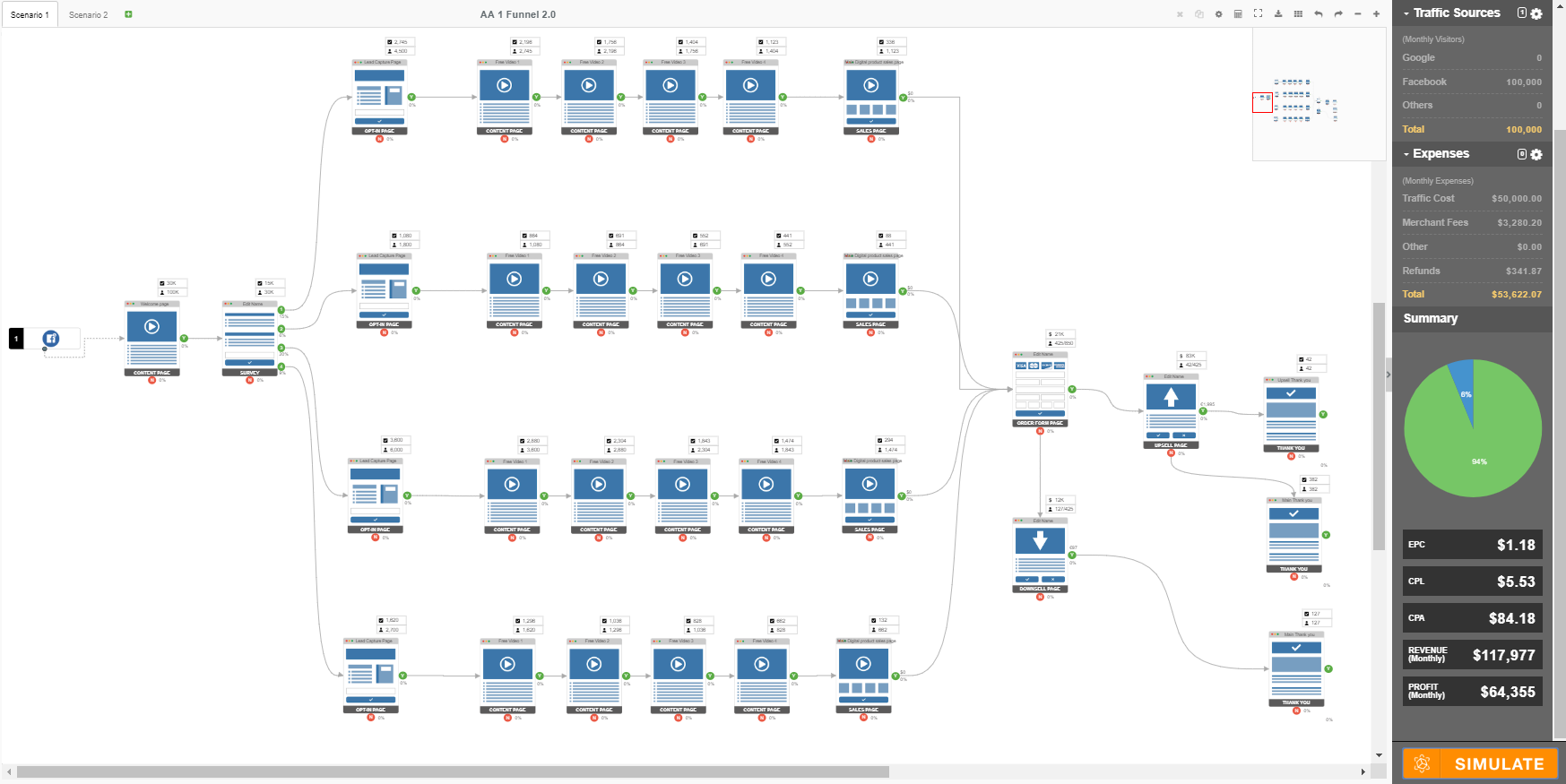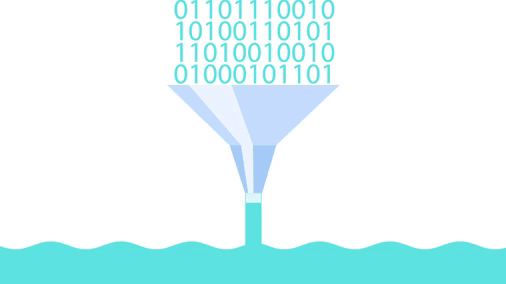What is the Minimum Viable Funnel (MVF), you may ask?
Well, it’s a very simple digital strategy, where you convert your website visitors into leads and try to make them take the action you want them to take.
Below you can see one example of a Full funnel I drew recently for one of my clients.

Where to start? (MVF)
Funnel example above is a bit complex and I would never suggest you start from building the full funnel experience for your customers. It can look like a never-ending journey.
To avoid this big mistake (believe me, I have done it too many times) I suggest building your Minimal Viable Funnel (MVF). Build just the first part of the funnel. Find out if you collect leads first of all. Are people interested in the offer you have? If just two out of 100 people will jump on your lead magnet offer, you might have problems with a traffic source, ad communication, offer page communication, or even some technical problems. If you can't make your funnel convert at least at a 30% rate, you need to change some parts of the MVF and make it convert better. Because if the MVF does not work, nothing else in your strategy will matter.
Know your numbers (KPI`s)
It's very important to know if your funnel works in mathematical theory before building anything. I mean, if you make everything right and people start converting at the conversion rate you expect, will you make money with that funnel? Can it be self-sustaining? Maybe your expectations are too high and in reality, these conversion rates you were expecting will never happen. Even if they happen, maybe in the end your funnel still won’t be profitable. I can't stress enough how important this step is and what surprises me a lot is that almost no marketers (even amateurs) do this before execution. Try to ask your digital agency about digital strategy simulation and take a photo of their faces.
First, you need to know your theoretical goals for each funnel step – the conversion rate of the step. This means how many people will take an action you expect and how many of them will leave the page without taking that action. Then it will be easier to compare it with the real numbers that you get when you start driving traffic to your funnel. You will know exactly what numbers you need to reach to make that funnel work.
Below, you can see the funnel simulation software GERU.


Post date: 2020-06-20